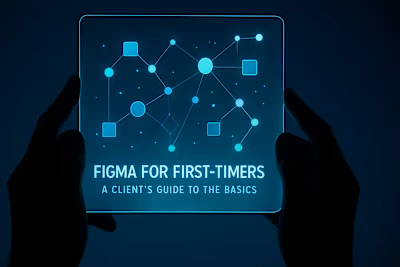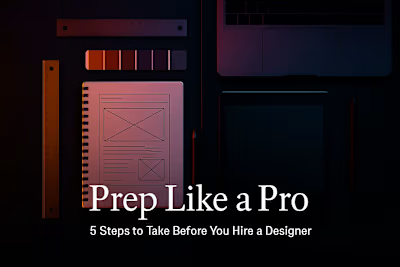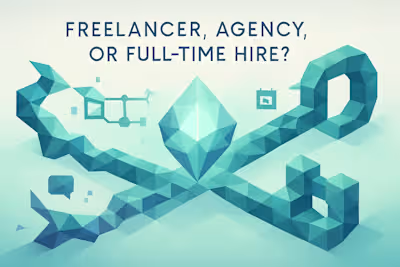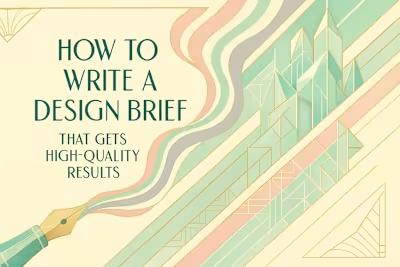10 Signs You Need a Professional Figma Designer (Not a DIY Attempt)
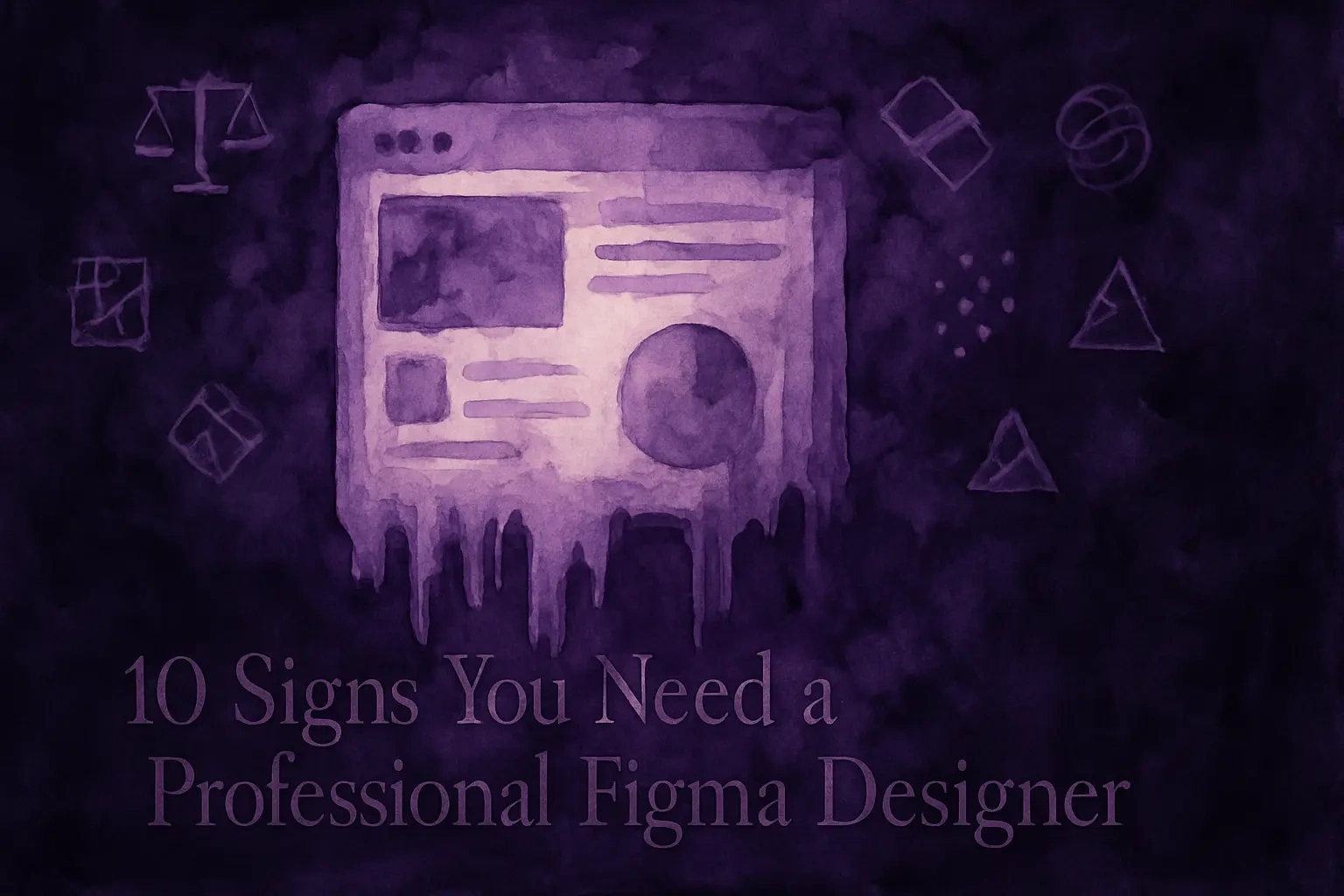
10 Signs You Need a Professional Figma Designer (Not a DIY Attempt)
The High Cost of 'Good Enough' Design
First Impressions Are Final
The Financial Drain of Bad UX
10 Signs It's Time to Hire a Professional
1. Your Brand Lacks Consistency
2. Your Website Has a High Bounce Rate
3. You're Not a Designer (And It Shows)
4. Your Conversions Are Low
5. You're Embarrassed to Share Your Website
6. Your Design Isn't Responsive
7. You Can't Stand Out from Competitors
8. You're Launching a New Product or Service
9. You're Receiving Negative Feedback on Usability
10. Your Business is Growing
The Long-Term ROI of Professional Design
References
10 Signs You Need a Professional Figma Designer (Not a DIY Attempt)
The High Cost of 'Good Enough' Design
First Impressions Are Final
The Financial Drain of Bad UX
10 Signs It's Time to Hire a Professional
1. Your Brand Lacks Consistency
2. Your Website Has a High Bounce Rate
3. You're Not a Designer (And It Shows)
4. Your Conversions Are Low
5. You're Embarrassed to Share Your Website
6. Your Design Isn't Responsive
7. You Can't Stand Out from Competitors
8. You're Launching a New Product or Service
9. You're Receiving Negative Feedback on Usability
10. Your Business is Growing
The Long-Term ROI of Professional Design
References
Posted Jul 6, 2025
Is your DIY design falling flat? Discover the 10 key signs that it's time to hire a professional Figma designer to elevate your brand and improve user experience.





